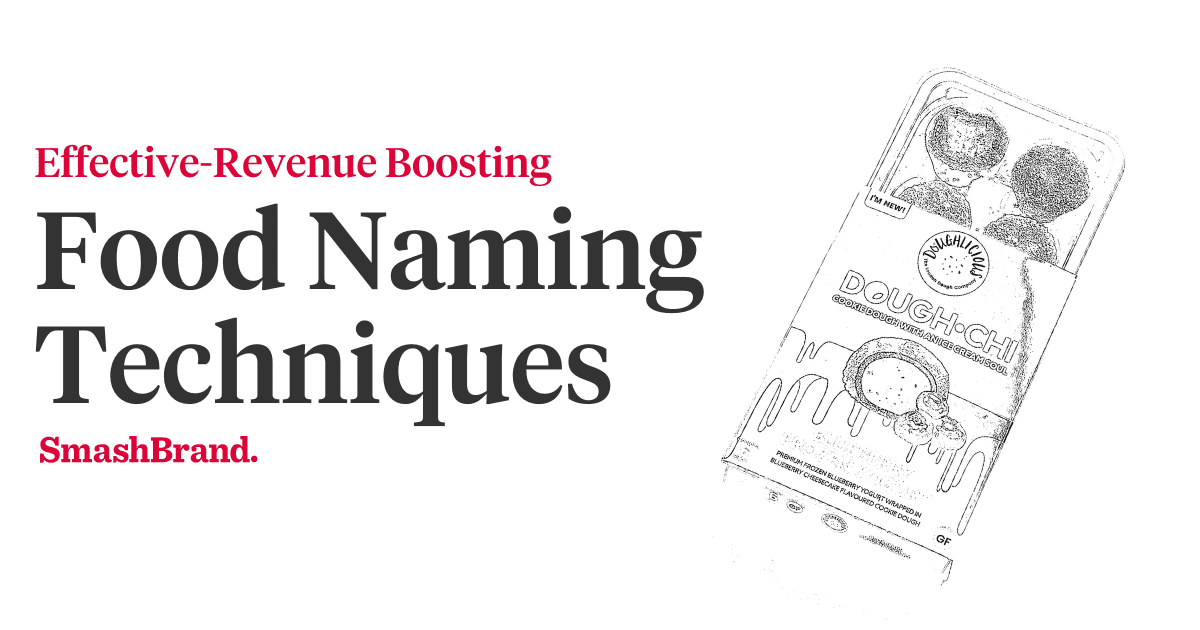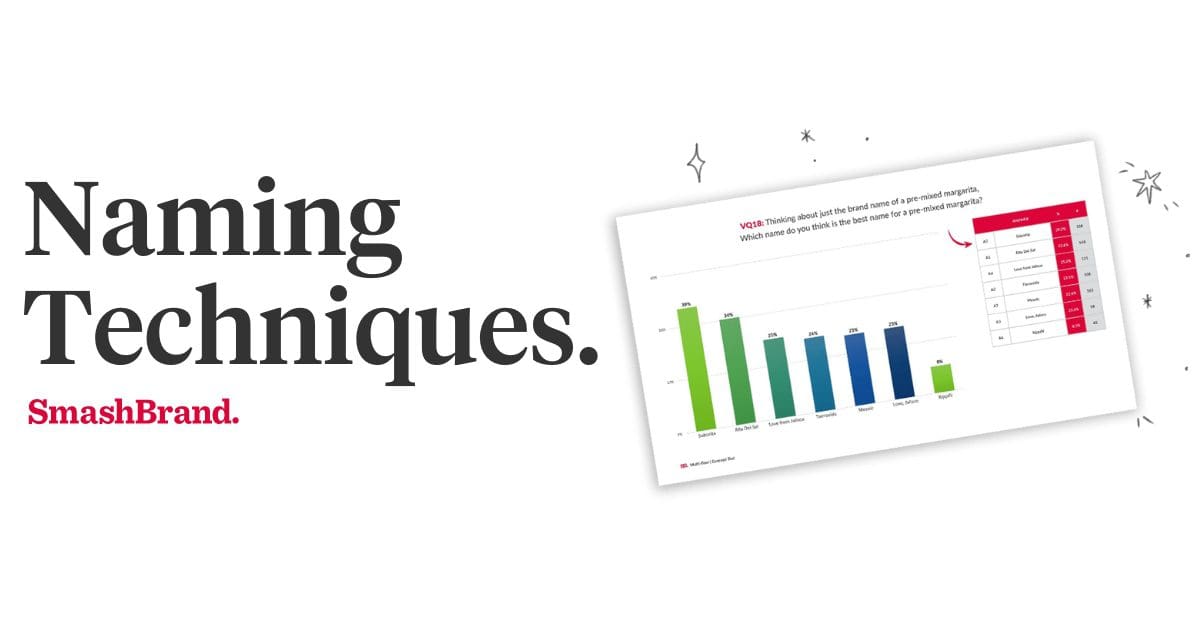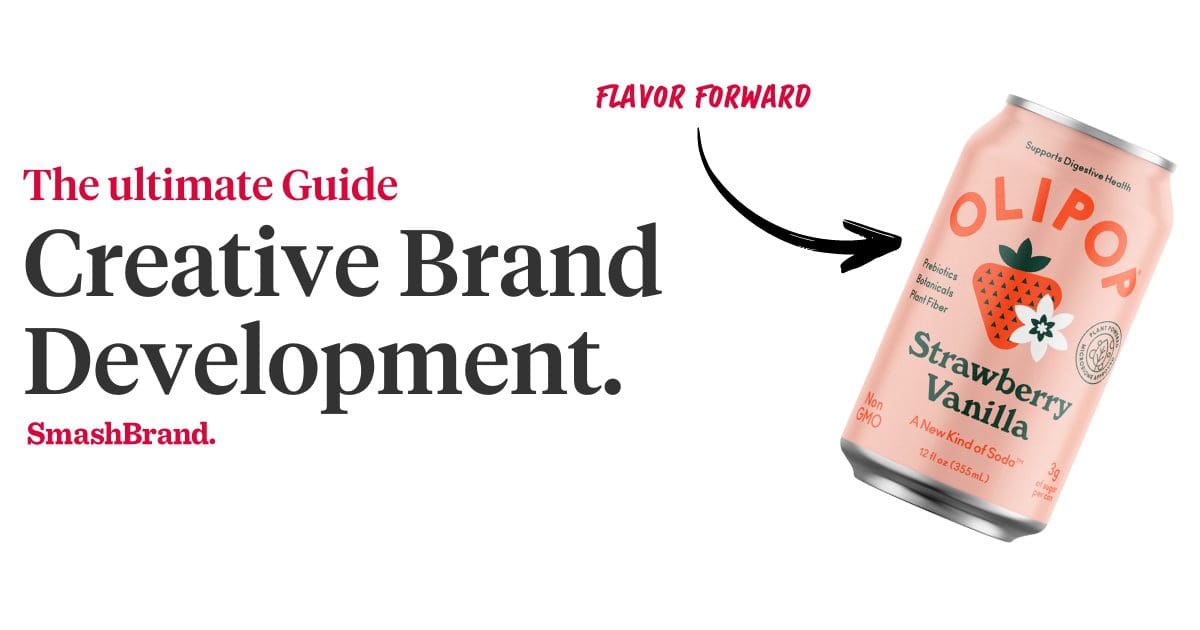Listen to This Article

As a graphic and packaging design firm, a great deal of our focus, when it comes to fabricating a package or web page or logo, is on the aesthetic criteria. This isn’t exclusively because we, as designers, are shallow, appearance-obsessed people (although this plays a significant role, and one look at our washboard abs and our 300-lb bench presses will tell you this is time well spent). This is largely because the human eye is drawn to strong design elements, which affect product sales.
However, the design of a package has to combine beauty and practicality, since a great deal of the time, the package informs the product’s overall utility. When choosing your packaging, don’t be seduced merely by novelty or allure — think about all of the potential sales losses when your package deteriorates during transport: when your package is vulnerable to bacteria and nature, or when your customers find that the package design prevents efficient use of the product.
Get your Hands on the SmashReport!
And enter to win a FREE brand diagnosis worth $20,000.
*The SmashReport is a monthly newsletter for FMCG and CPG brands, helping them stand out in the competitive retail marketplace.
Consider the Use of the Product
Surprisingly, many product manufacturers don’t often think of how consumers use their products. Oh sure, even the most dim-witted cosmetics executive knows that shampoo is used in the shower, but he/she might not realize that some deep conditioners are also used in the shower, and might be better served by being packaged in a bottle rather than a jar, where spillage is less likely. Similarly, foods largely taken on picnics or used while tailgating would be better served by being packaged in a container that’s easy to grab from (finger foods, anyone?).
Consider Transport of the Product
We’ve said time and time again that a product’s package must be able to stand apart on a shelf next to its competitors. But uniqueness can’t take precedence over stability, and a great deal of engineering has gone into determining the best shape, size, materials and dimensions of packaging for certain items during transportation.
Clearly, a product manufacturer wants packaging that allows maximum units to be transported at minimum cost. Moreover, the manufacturer wants the contents of the package to remain intact – no breakage, spoilage, etc.
If the product will be distributed locally – within only a few states, for example – the packaging should be suited to ground transport that will arrive at its destination within only a few days. However, once operations have expanded, the perfectly fine packaging for transportation to local markets might become wholly inappropriate for long-distance shipments. If the products has to be stored at a transportation facility, the packaging must be sufficient to ward off airborne particulates that could be circulating in a foreign environment. If the product is to be transported to an extreme climate that might be exceptionally moist, dry, hot or cold, the packaging must be able to keep the product from being affected.
Consider Storage of the Product
How will the product likely be stored? Is it a product that will be kept in the moist environment of a bathroom, or under the kitchen sink? Will the product be more popular in hot, moist climates than in dry, cold climates? Is it likely that the product will be used bit by bit or in its entirety when it is first opened? Must the crunch factor be preserved, or should crunch be avoided at all costs, like in mayonnaise?
Keeping the product fresh for as long as possible after it has been opened is critical for food products, but it’s surprisingly necessary for cosmetic items. Who wants to use a shampoo/lotion/hair gel that turns into a congealed mass in the bottle? When choosing your packaging, try to opt for materials that to the best job at thwarting the deteriorating effects of oxygen, moisture, high heat and extreme cold.
So, what have we learned today? We learned that style shouldn’t trump substance, even though style is often confused for substance in our racket. We learned that a package is often a product component, which is not always considered but often recognized when a company changes its product packaging. (“I can’t get this bottle in my stationary bike cup holder! Am I supposed to clutch it between my teeth?”) Most importantly, we learned that no matter how clever your product packaging is, it’s a fail if it facilitates crispy mayonnaise.
Data-Driven Brand Development
Want a best-selling brand? SmashBrand is a brand development company for FMCG and CPG brands. From brand strategy to packaging design testing, our Path To Performance™ process guarantees a retail performance lift. Book a time to discuss your project with our team.





